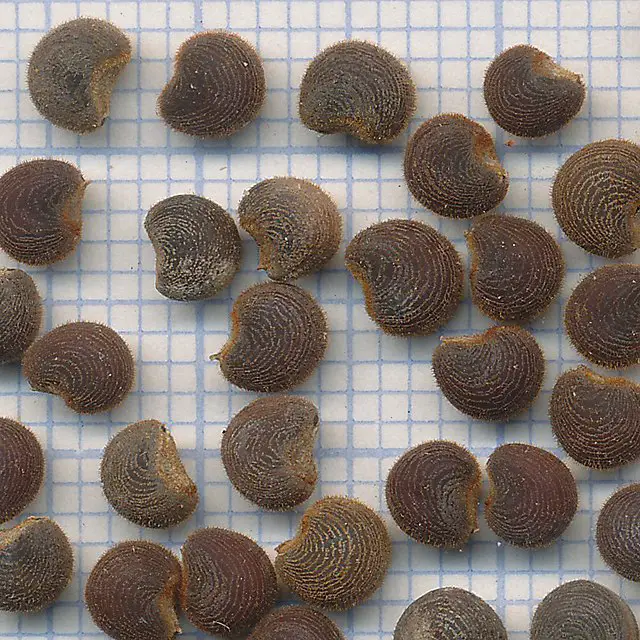Ambrette seed essential oil is a natural and versatile solution that offers numerous benefits for the mind, body, and overall well-being. This plant-based oil, derived from ambrette seeds, has a delightful aroma and is renowned for its healing properties on the skin and hair. Its anti-inflammatory, antiseptic, and antiparasitic properties make it an effective remedy for combating infections and promoting wound healing. Moreover, it has a calming effect on the mind and body, alleviating anxiety and stress while enhancing sleep quality.
In this article, we will explore the process of making ambrette seed essential oil through a do-it-yourself approach. We will delve into the specific steps involved, safety precautions, and potential benefits and uses. In order to provide a comprehensive understanding, we will discuss the chemical composition of ambrette seed essential oil, its therapeutic properties, and how it interacts with the body.
It is important to note that this article aims to present objective and unbiased information, prioritizing the safety and well-being of individuals. Alternative options will also be offered if necessary. By engaging in the process of making your own ambrette seed essential oil, you can unlock the full potential of this versatile natural solution and enhance your life in various ways.
What is it?
Ambrette seed essential oil, also known as the ‘Ambrosia of the Gods’, is a natural, plant-based essential oil that is derived from ambrette seeds, which are native to central and southern Europe and have a bitter flavor used as a condiment or flavoring agent.
There are different varieties of ambrette seeds used for extracting the essential oil. The process of making ambrette seed essential oil involves soaking the seeds in water, blending them with other essential oils (optional), and storing the mixture in an airtight container. Extraction methods can vary, but the most common method is steam distillation.
The chemical composition of ambrette seed essential oil includes compounds such as muscone, ambrettolide, and ambrettolic acid. These compounds contribute to its therapeutic properties, which include anti-inflammatory, antiseptic, and analgesic effects.
Ambrette seed essential oil is commonly used in aromatherapy, massage, and topical applications. However, it is important to seek professional help for troubling medical symptoms and to prioritize safety when using essential oils.
Benefits and Uses
The benefits and uses of ambrette seed essential oil include its anti-inflammatory properties, ability to fight infections and heal wounds, calming effect on the mind and body, and its effectiveness as an analgesic for reducing pain from injuries and arthritis.
Ambrette seed essential oil can be applied in various ways, such as through aromatherapy, massage, and topical applications. It can also be mixed with other oils to enhance its therapeutic effects.
However, it is important to note that caution should be exercised when using essential oils, as they can cause skin irritation or allergic reactions in some individuals. It is recommended to perform a patch test before applying the oil to a larger area of the body.
Additionally, pregnant women, children, and individuals with certain medical conditions should consult with a healthcare professional before using ambrette seed essential oil.
How to Make
To create ambrette seed essential oil, it involves the process of soaking the seeds in water, blending them with other essential oils if desired, and storing the mixture in an airtight container. This extraction method allows the aromatic compounds from the seeds to infuse into the water, resulting in a potent and fragrant oil.
When making ambrette seed essential oil, it is important to take certain safety precautions. The seeds should be thoroughly washed and dried before soaking to remove any impurities. It is also recommended to use a glass or stainless steel container for blending and storing, as plastic containers can react with the oils and affect their quality.
In terms of potential benefits and uses, ambrette seed essential oil is known for its anti-inflammatory properties, making it useful for conditions such as arthritis, asthma, and multiple sclerosis. It also has antiseptic and antiparasitic properties, which can help fight infections and promote wound healing. However, it is important to note that while ambrette seed essential oil has many potential benefits, it should be used with caution and under the guidance of a professional aromatherapist or essential oil expert.
